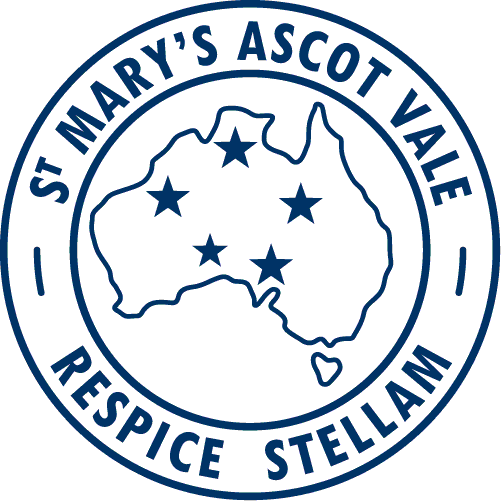Learning and Teaching

Science of Reading
In the last edition of the newsletter, we looked at the difference between short and long vowels. It is amazing when you unpack each long vowel to discover how many different spelling alternatives exist in the Enlgish language.
This week, we are ging to unpack digraphs. A digraph is the combination of two letters that make only one sound. Using the language we have covered in this series.
A digraph is the combination of the two graphemes that make one phoneme!
It may take some retraining, however, using the correct vocabulary with your children is important.
Can you think of any digraphs?
ck as in lack
sh as in ship
ch and is cheese
ng as in king
ph as in phone
wh as in wheel
th as in throat
Many people often confuse sounds like br as in bread or sn as in snake as digraphs - when in fat teach of those letters make their own sound! Teachers often refer to the /r/ and /n/ in these examples as sneaky sounds!
Happy reading!
Mrs Olivia Hodgetts
WHAT IS PLACE VALUE?
I recently read this blog post by Dr Ange Rogers from her Numeracy Teachers Academy website and thought it was an interesting read.
"If I asked you ‘what is place value?' What would you say? Possibly you would say ‘it's our number system- for example hundreds, tens and ones’ and while this is true, place value is not easy to define in a way that does justice to the immense complexity of the construct.
It is worth considering ‘place’ as both a noun and verb. If we think about the noun- it refers the location of an object. The object we are referring to in the context of our number system is a digit.
This brings us to the verb ‘place’. This means to ‘put’ and object in a particular position. In our number system we ‘put’ the digits in particular columns.
Both the noun and verb make reference to an object (the digit) being put in specific locations.
The next critical part is the word ‘value’. Value means estimating the worth of an object. The important thing about our number system is that the value of the digits change according to their place.
So, when we combine place with value, we are referring to the idea that the value of a digit (what it is worth), changes according to where it is located.
This can be explained by the positional property, whereby the value of each digit is indicated by its relative position in the numeral. In the numeral 356, the position of the digit ‘3’ indicates a count of hundreds, ‘5’ a count of tens and ‘6’ a count of ones.
This is an idea that is unique to place value... if we see a chair, and its position changes, it remains a chair, but if a digit changes position in a numeral its value changes! Complex ideas for novice learners!!
It is then the multiplicative property that allows us to calculate the value of each digit. For example, in 356 the face value of ‘3’ is multiplied by its positional value, which is hundreds, meaning its value is ‘three hundreds’ or ‘300’.
Abstract, complex and multiplicative- place value is not for the faint-hearted!"
It is, therefore, important for teachers to think about the vocabulary we use in our maths classrooms and to consider the importance of taking time to unpack seemingly 'familiar' words and ideas with our students.
Nicola Toney (Maths Leader F-6)
